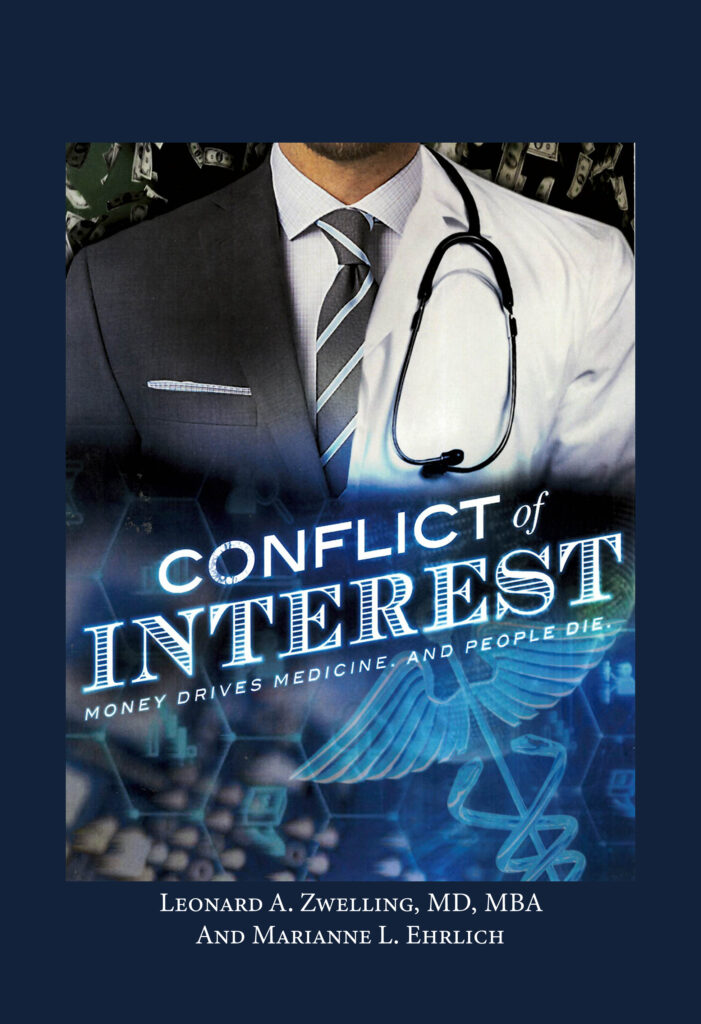CPRIT
By
Leonard Zwelling
https://www.houstonchronicle.com/opinion/outlook/article/There-are-better-ways-to-fund-cancer-research-14554503.php
https://www.houstonchronicle.com/opinion/outlook/article/Bolstering-Texas-cancer-research-program-will-14556827.php
In the Houston Chronicle on October 23, two opinion pieces (above) appeared addressing the ballot proposition that asks for an additional $6 billion in a funding initiative for CPRIT. CPRIT is the Cancer Prevention and Research Institute of Texas. It began to give out grants, support new companies, and fund recruitment of scientists to Texas about ten years ago now. I testified in support of the initiative in 2007 sitting right next to then-hero Lance Armstrong. Much has changed with regard to me, Mr. Armstrong, and CPRIT.
I am out of the cancer research business now and have been since 2013. I am an informed but external observer on matters concerning cancer research and the funding for it. I am thrilled by the new breakthroughs in cancer science and therapeutic advances, but chastened by the instances of research misconduct, conflict of interest, and price gouging by the pharmaceutical industry at the expense of scientific integrity and patient welfare.
Mr. Armstrong is now a fallen hero. No more needs to be said.
And CPRIT, well CPRIT can be assessed for the contributions it has made and whether continued funding is warranted beyond the current round of funding which runs out in 2023 such that the last grants under the current round of state money will be in 2021. Was CPRIT a success?
According to the opinion piece written by C. Kent Osborne (Baylor) and Michelle Barton (MD Anderson) it has been. It has certainly given out a ton of grant money to Texas researchers which they would not have had access to otherwise. It has allowed the recruitment of many great scientists to Texas and has certainly increased cancer prevention efforts in Texas. These are all good things and certainly marks of success. The number of companies spawned is slight and the amount of money poured back into Texas in jobs and taxes has been limited and not on the level of that which was spent.
But the accompanying article by Martha Spinks (link above), who does not have the professional credentials of Osborne or Barton, makes several good points.
First, CPRIT was supposed to be self-sustaining by now funded by the company profits gleaned from the patents and inventions derived from the research funded in the first ten years. This is simply untrue as indicated by the need for even more funding.
Second, it is no more clear where the answer to the cancer problem lies now than it was ten years ago although much progress has been made in understanding the genetics of cancer, the importance of the cancer microenvironment, and finding new targets of novel drugs. Research is like that. Planning for progress is risky as Dr. DePinho found out when he didn’t cure five cancers in five years.
The real question is who should pay for this and given the other demands on the resources of the state (CHIP, Medicaid, infrastructure, etc.) should this be where $6 billion is spent?
That’s the question that ought to be on the ballot and it is, but it is not framed that way. The initiative should not be about whether or not to fund CPRIT with more precious bond money, but whether the money spent ought to be doled out for grants to scientists or to provide health care to needy adults and children? Because that is the real choice as Ms. Spinks points out.
Personally, I haven’t decided how I am going to vote. When I was sent to Austin to lobby for CPRIT (ooops, I mean educate the legislature about CPRIT) in 2007, I was not given a choice by my boss about what to say. I was to advocate for more funding. I did. Now, in retrospect, I wish the money had been spent expanding Medicaid, CHIP and flood control in Houston. You see, everything is a choice.
I do know that by now CPRIT was supposed to be self-sustaining. It is not and is not likely to be. It is a form of state welfare for cancer researchers, which is not a bad thing. But there are greater needs in the state and in our own community. Ms. Spinks makes a good point. It’s not as black and white as Osborne and Barton suggest.
I personally need to keep thinking about this.
The stem cell institute in California was similar to CPRIT. It was a failure. It remains to be seen whether state governments are a viable means to spur scientific discovery and biotech growth or might the states be better off providing health care for the most needy and leave the science to the NIH, the NSF and the pharmaceutical industry.
It’s a choice, but not a clear one.




